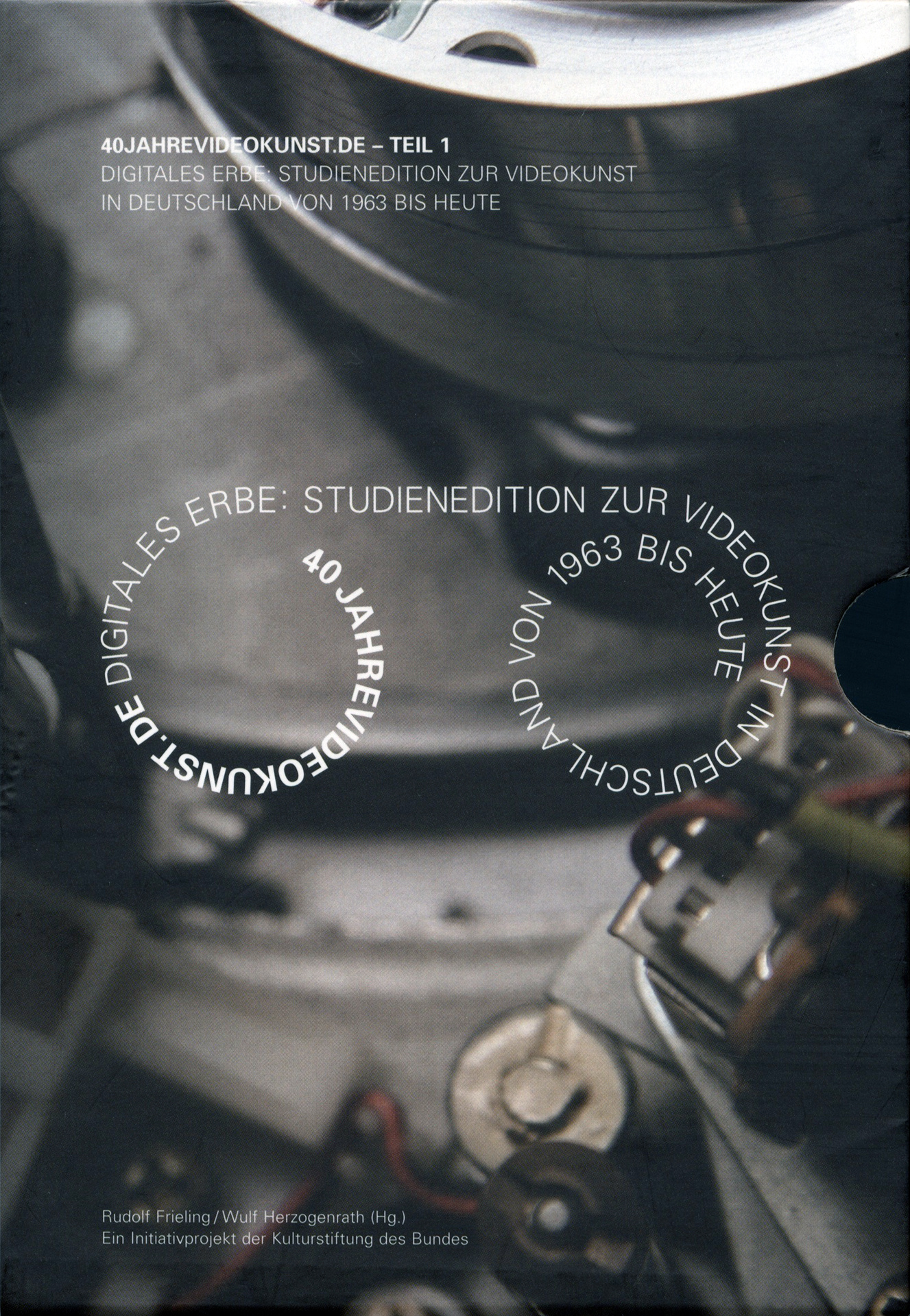- Exhibition
40yearsvideoart.de
Part 1. Revision.zkm
Sat, March 25 – Sun, May 21, 2006
The first video recorder that came on the market approximately forty years ago presented a revolution for picture and sound recording. In contrast to television technology, video cameras were suddenly transportable. They allowed quick and easy recording, and one could immediately play back what was recorded. From today's perspective, this is all somewhat relative. In fact, the equipment was expensive and difficult to operate, with tapes on open spools, and the technical finesse still had much to be desired. Nonetheless, this technology fascinated artists and political video activists; the traces of this fascination are still evident on many old tapes.
A selection of peculiar video works and historical equipment
One example is the sixty-minute video »Der magische Spiegel« from 1970 by Herbert Schuhmacher, who realized one of the first so-called »closed circuit« installations in Germany with his group telewissen. People looked into the camera, which was attached to the surface area of a VW bus, and simultaneously saw themselves on the screen. They moved their bodies in amazement, were thrilled and sometimes shocked. The now restored tape will be shown again for the first time in over thirty-five years. In addition, further video pieces, unavailable for decades-including works by Michael Geissler, Urs Lüthi, and Peter Weibel-will be presented as well as examples of various stages of video restoration. Also shown will be numerous, rare video recorders from the time between 1965 and the end of the 1970s, taken from the stock of approximately 200 machines at the ZKM | Laboratory for antique video systems. A typical video installation from the 1970s is rebuilt using old monitors and cameras, and the entire exhibition is recorded with a historical Betamax recorder with cassette changer. Contrasting that are a large television camera and a huge one-inch video recorder, which were used at the time in the studio. The presentation »Revision.zkm«, curated by Christoph Blase and Peter Weibel, takes place in the context of the Kulturstiftung des Bundes (German Federal Cultural Foundation)'s initiative »40yearsvideoart.de - Part 1.« Rudolf Frieling is director for this project which will be carried out together by five museums in Germany: ZKM | Karlsruhe and K21 Kunstsammlung Nordrhein-Westfalen Düsseldorf in collaboration with Kunsthalle Bremen, Lenbachhaus Munich, and the Museum der bildenden Künste Leipzig. In collaboration with the ZKM | Laboratory for antique video systems, it was possible to store all formats in high-quality digital recordings, and perform model restorative work on electronic information from selected historical video tapes over the course of two years. The exemplary selection, presenting a panorama of 59 historical, and also current videotapes from 1963 to the present, will be presented as an archive at several stations in a concerted, parallel action at the five participating museums. Touch screens offer viewers access to the video works chosen by the jury.
Event Website
Imprint
- Curator
- Curator
Team
Rudolf Frieling (project management)
